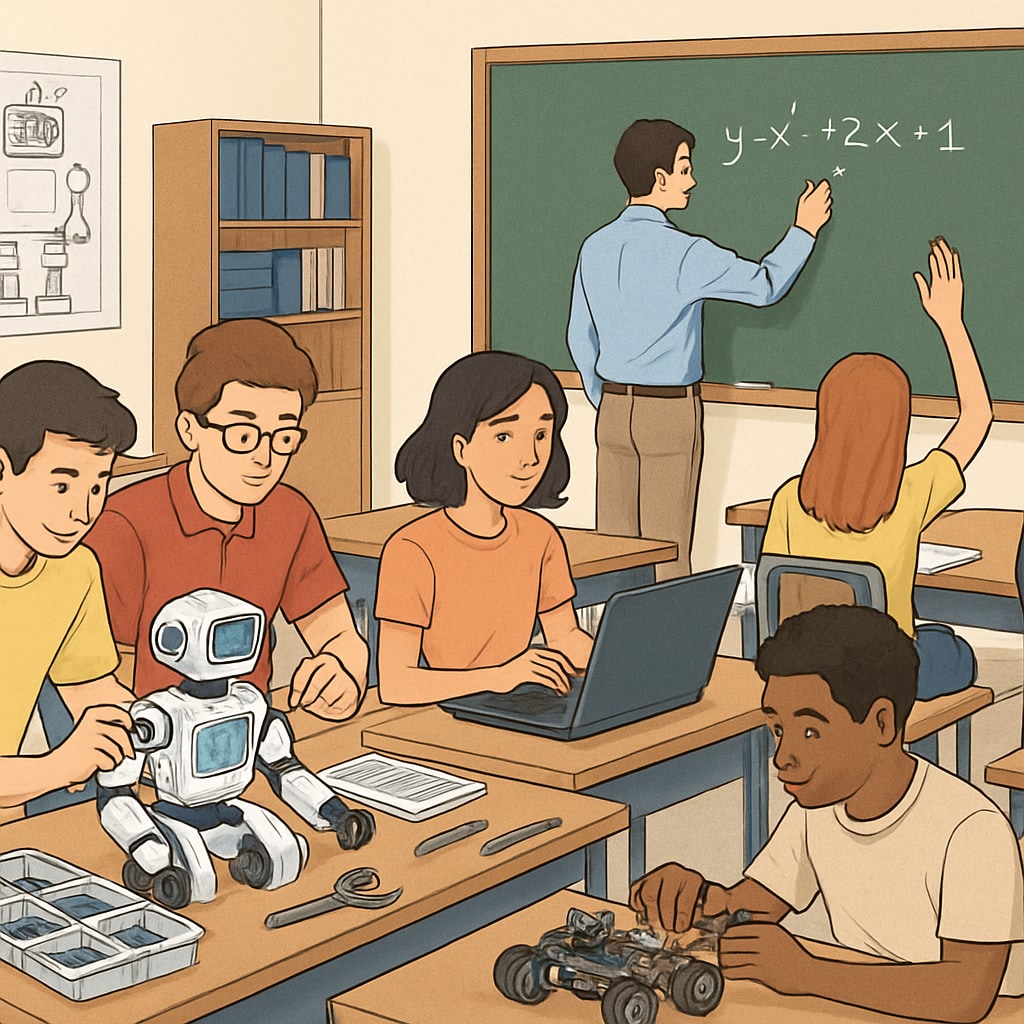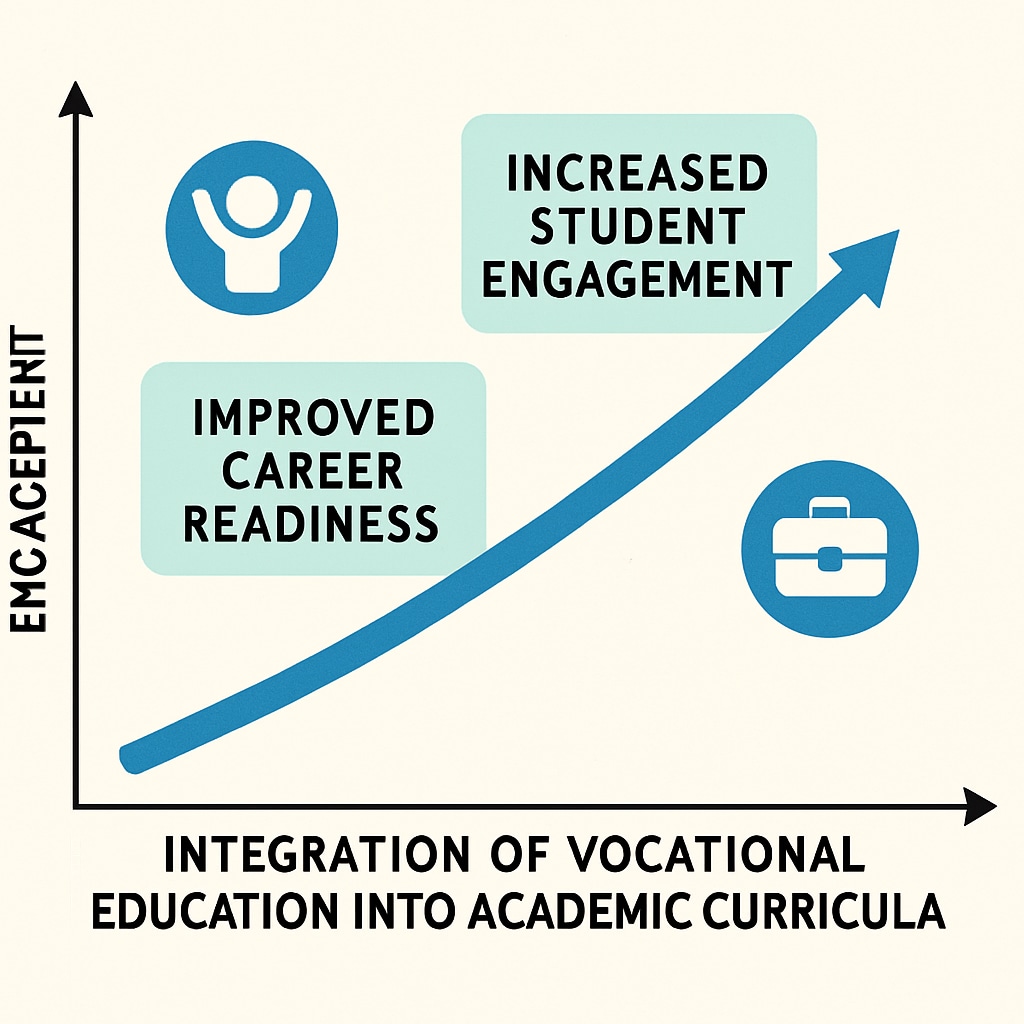Modern K-12 education faces the challenge of balancing vocational education, academic disciplines, and a cohesive structural framework. As schools strive to prepare students for both the workforce and higher education, integrating these two domains has become essential. Vocational education equips students with practical, career-oriented skills, while traditional academic disciplines foster critical thinking and intellectual growth. Achieving harmony between these approaches can significantly enhance students’ overall development.

Why Integration Matters: The Role of Vocational Education
Vocational education (often referred to as career and technical education, or CTE) plays a crucial role in equipping students with skills directly applicable to specific industries, such as healthcare, IT, or construction. According to the Wikipedia entry on vocational education, programs like these not only prepare students for immediate roles in the workforce but also cultivate problem-solving abilities and collaborative skills. However, when vocational education operates independently of traditional academics, gaps in foundational knowledge can emerge. For example, a student specializing in IT might excel technically but struggle with the communication skills needed for career advancement.
Therefore, integrating vocational programs with academic disciplines ensures that students not only develop technical competencies but also gain a well-rounded education. This approach addresses the growing demand for adaptable, innovative professionals in today’s dynamic job market.
Challenges in Achieving Balance: Practical and Structural Limitations
Despite the clear benefits of integration, schools often face challenges in implementing this model. One common hurdle is the logistical complexity of merging vocational programs with traditional curricula. For example, scheduling conflicts might arise when students need to attend both a shop class and a physics lesson. Additionally, funding constraints can limit access to resources, particularly in underfunded school districts.
Another challenge is the perception gap. Vocational education is sometimes seen as less prestigious than academic pathways, leading students and parents to undervalue its importance. Addressing this misconception is critical for fostering acceptance and promoting the benefits of a balanced curriculum.

Strategies for Integration: A Roadmap for Schools
To overcome these challenges, schools can adopt several strategies to create a balanced educational model:
- Cross-disciplinary projects: Encourage collaboration between vocational and academic teachers to design projects that integrate both skill sets. For instance, a project combining construction techniques with physics principles allows students to see the practical applications of theoretical knowledge.
- Flexible scheduling: Implement modular class structures to allow students to divide their time between vocational and academic learning without overloading their schedules.
- Industry partnerships: Collaborate with local businesses to provide real-world insights and resources for both vocational and academic subjects. For example, a partnership with an engineering firm could benefit both math classes and vocational workshops.
- Professional development: Offer training programs for educators to help them understand how to integrate vocational and academic content effectively.
By adopting these strategies, schools can create a curriculum that supports holistic student development, preparing them for both academic success and career readiness.
The Future of Education: Building a Cohesive Framework
As society evolves, so must education. The integration of vocational and traditional academic disciplines represents an essential shift in curriculum development. This balanced approach not only meets the diverse needs of students but also aligns with broader economic and social goals. According to Britannica’s comprehensive guide on education, adaptability and inclusivity are key to future-ready education systems.
By investing in integrated models, schools can redefine success—not just as high test scores or job placements but as the ability to navigate life with confidence, skill, and curiosity. The road to achieving this balance requires innovative thinking, collaborative efforts, and a commitment to continuous improvement.
Ultimately, the fusion of vocational education and traditional academics is not merely a logistical challenge; it is an opportunity to transform education into a more dynamic, inclusive, and effective system. As schools embrace this integration, they pave the way for a brighter future for students and society alike.


